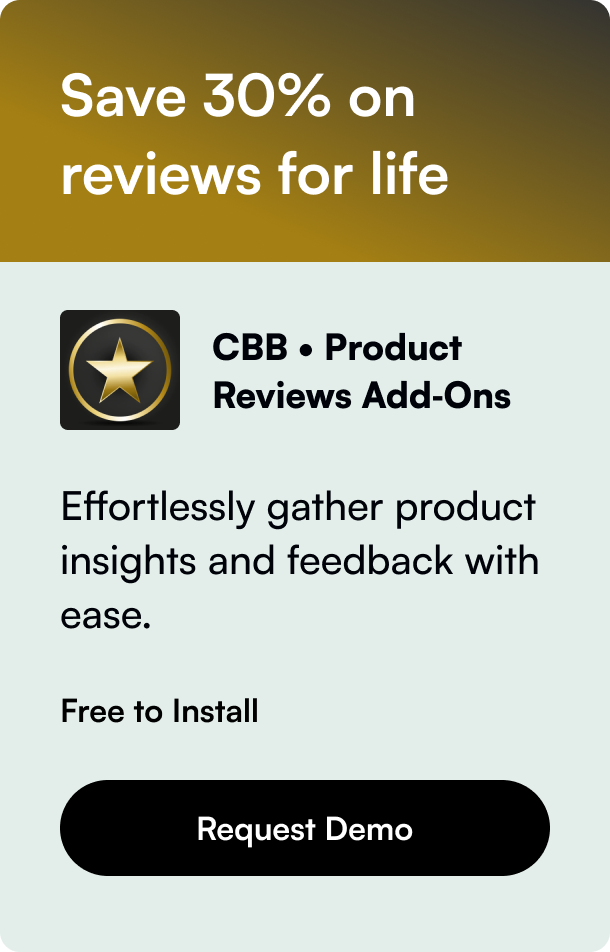Table of Contents
- Introduction
- Deciphering Shopify's Stock Split
- Deep Dive: Is Shopify's Split a Call to Buy?
- Conclusion
- FAQ
Introduction
Have you ever pondered why companies opt for stock splits and what such moves can signal to investors? Shopify's recent stock split, a significant event in the financial markets, provides a perfect opportunity to delve into these questions. Since Shopify (NYSE: SHOP) executed a 10-for-1 stock split on June 29, 2022, it's critical to dissect the implications and underlying reasons behind this decision. Not only does it affect current and potential shareholder dynamics, but it also provides insights into Shopify's future ambitions and market positioning. This article aims to leave you with a comprehensive understanding of Shopify's stock split, exploring its impact on investment attractiveness, the company's strategic maneuvers post-split, and whether it represents a buy, hold, or sell signal.
Deciphering Shopify's Stock Split
How often has Shopify opted for stock splits? The answer: Shopify has executed a stock split once in its trading history. On June 29, 2022, Shopify's shares underwent a 10-for-1 stock split. If you were a shareholder before this date, each share you owned was converted into ten, potentially making the stock more accessible to a broader base of investors due to the reduced price per share. However, it's essential to remember that a stock split, in itself, doesn't inherently increase the value of the company. Instead, it can be indicative of a company's growth prospects and its management's confidence in sustained positive performance.
The Strategic Impulse Behind the Split
Shopify's decision to split its stock isn't merely a mechanical financial maneuver. It's a strategic one, aimed at making shares more affordable and thus, increasing liquidity. By doing so, Shopify signals its aim to attract a wider range of investors, possibly including more retail participation. This strategic move aligns with the company's broader ambition of simplifying commerce and expanding its reach.
What Has Changed Since the Split?
Since the split, Shopify has narrowed its focus back to its core: software, particularly after divesting its logistics arm. This pivot back to its roots has coincided with a noticeable improvement in financial health, with Shopify posting positive operating margins for the first time since Q2 2022 in the third quarter following the split. Despite the stock not yet regaining its pre-split price levels, the split and subsequent strategic realignments suggest Shopify is recalibrating for sustainable growth.
Deep Dive: Is Shopify's Split a Call to Buy?
Given the post-split developments, is Shopify's stock a compelling buy? Several factors suggest optimism:
- Improved Financial Health: Post-split, Shopify has not only improved in operating margins but also exhibited revenue growth and a sharpening focus on its high-margin software business.
- Strategic Realignment: Exiting the logistically heavy and resource-intensive shipping business to double down on software highlights strategic clarity and a return to core competencies.
- Market Leadership and Reach: Shopify continues to consolidate its position as a leader in the e-commerce software space, empowering small to medium businesses to compete in the digital marketplace effectively.
However, potential investors should tread carefully, considering:
- Valuation Concerns: Despite the split, Shopify's stock isn't necessarily 'cheap.' The price-to-sales ratio, while lower than peak levels, demands confidence in Shopify's growth trajectory to justify the valuation.
- Macro Challenges: High inflation and shifting consumer spending patterns might remain headwinds, affecting e-commerce and, by extension, Shopify's performance.
Looking Ahead: Shopify's Growth Prospects
Considering Shopify's ongoing efforts to innovate, expand globally, and streamline operations, the company appears poised for future growth. The launch of the Shopify Fulfillment Network, international expansion, and an emphasis on omnichannel commerce signal a strategic blueprint aimed at solidifying Shopify's market leadership while bolstering its revenue streams.
Conclusion
Shopify's stock split reflects both a significant milestone and a strategic pivot point for the company. By making the stock more accessible, Shopify aims to widen its investor base amid sharpening its focus on high-growth, high-margin areas of its business. While the stock's valuation post-split requires a leap of faith on future growth, Shopify's strategic moves post-split, market leadership, and innovative ethos suggest a resilient path forward. Investors with a long-term horizon may find Shopify's post-split era a compelling narrative worthy of involvement, bearing in mind the inherent risks and the need for diligent monitoring of the company's execution of its strategic plans.
FAQ
Q: What does a stock split imply for a company's value? A stock split itself doesn't alter a company's market capitalization but it makes the stock more accessible to a wider range of investors by lowering the share price.
Q: Is Shopify's stock split a common occurrence in the industry? Stock splits are not uncommon among high-growth companies aiming to make their shares more appealing to a broader investor base, though Shopify has only executed a stock split once.
Q: How has Shopify's strategic focus changed post-split? Post-split, Shopify has refocused on its core software business, moving away from its logistics division, aligning closer to its strategic strengths.
Q: Is Shopify's stock a good buy post-split? Shopify's stock may appeal to investors convinced of its growth trajectory and strategic initiatives, despite not being the cheapest based on current valuations.








